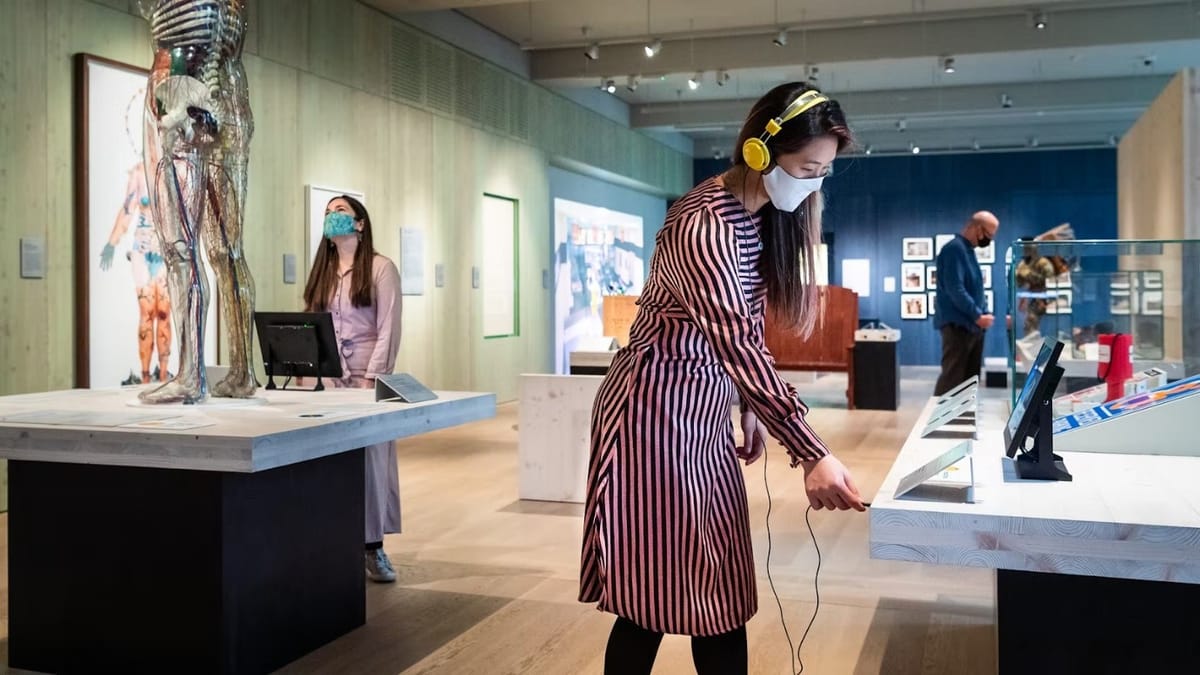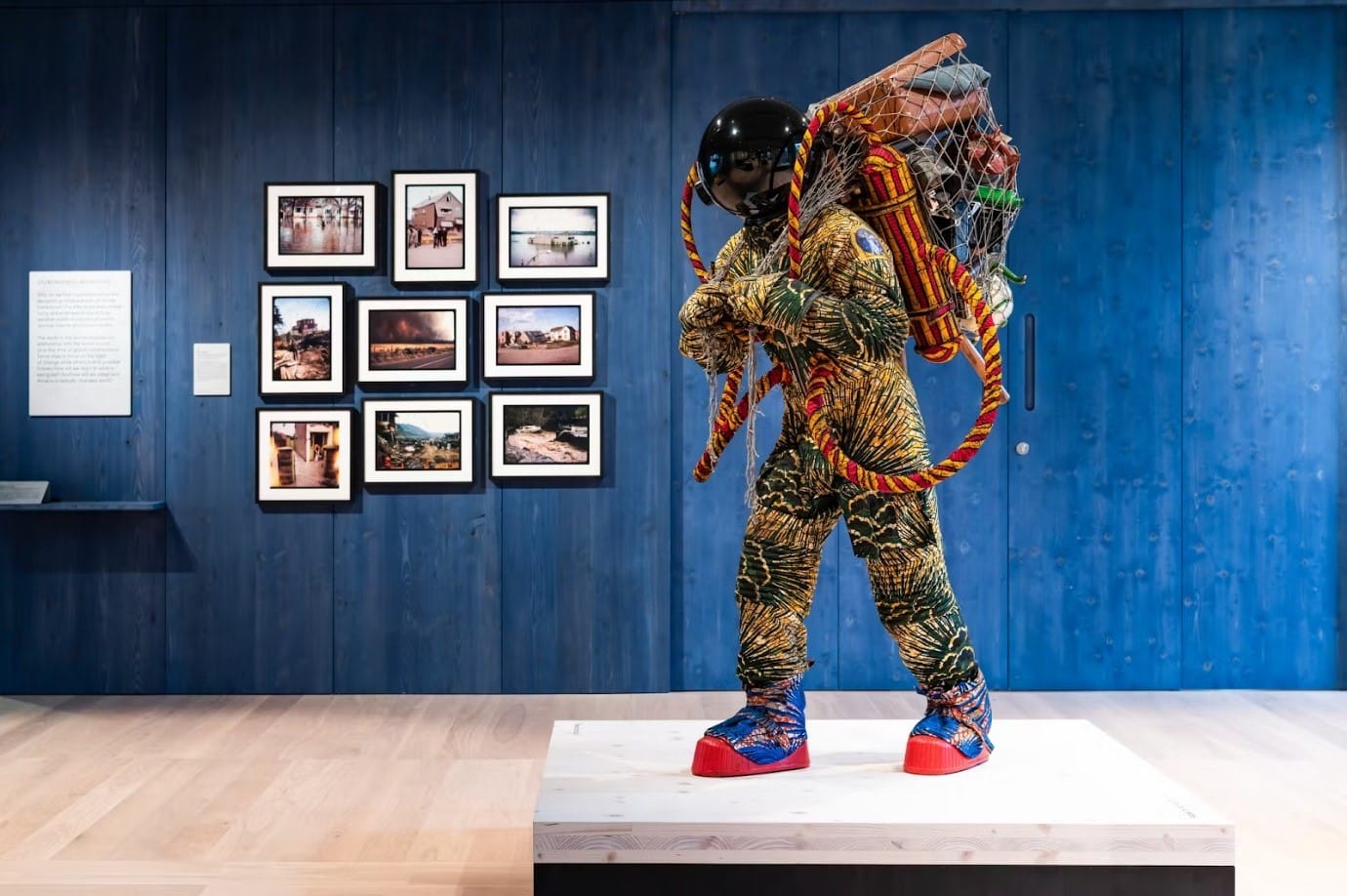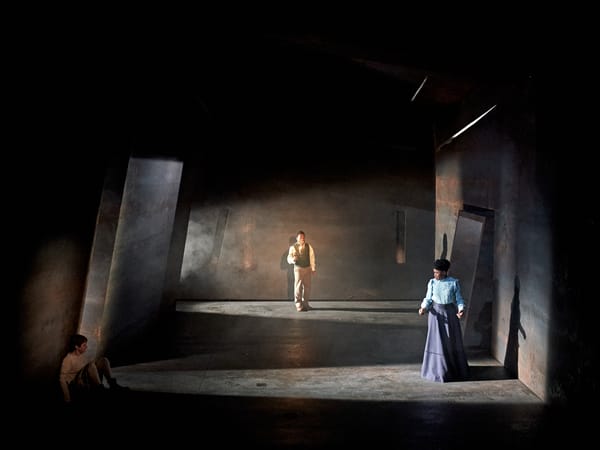Being Human
Rachel Rajan George explores the Wellcome Collection's new exhibition 'Being Human'.

Being Human
★★★
- What: Exhibition
- Where: The Wellcome Collection
- When: Permanent Collection
- Cost: Free when booked
Being Human explores the modern complexities of the human condition. The exhibition is a journey through four aspects of the human experience - Genetics, Minds & Bodies, Infection and Environmental Breakdown.
An artwork titled ‘Stranger Visions’ first caught my attention. It features a 3D portrait of a man’s face. Heather Dewey-Hagborg developed the physical attributes of the man by collecting genetic data from discarded cigarette butts, hair and chewing gum. It is no secret that genetic sequencing holds the promise of detecting the cause of medical conditions. It was equally amazing and disturbing to experience how realistic the features of the portrait were.
The exhibition does not shy away from exploring the human body’s fragility and susceptibility to infection, viruses, and bacteria. The exhibit, ‘Blood Objects’ by Basse Stittgen features three units of HIV-positive blood, plasticised and cast into circles. The volume of blood in each unit is equal to the amount of blood that is typically given in a donation. Handsets are also available for visitors to hear the story of each donor shining a light on the emotional element to helped me reflect on the despair that HIV-positive people face when they experience social exclusion. While modern medical technology aids our understanding of infection, human welfare and dignity needs to accompany any medical diagnosis.
In view of increasing water stress, Allie Wist predicts our future desperation for water through the exhibit, ‘Recipe for Potable Water’. Untreated water is placed in a glass bowl, with its open surface wrapped with a clingfilm and set in place with a block of concrete. These materials were retrieved from an area struck by Hurricane Sandy in 2012, a harrowing reminder of how precious clean water is, and how even the most civilised society can be suffer at the hands of the forces of nature.
The highlight of the exhibition is ‘Refugee Astronaut III’ by Yinka Shonibare CBE. The colourful model is made from fibreglass and cotton textiles. The astronaut has collected his belongings and stored them in a net, mimicking a haphazardly arranged haversack, a striking reminder of our sometimes hubristic attitude towards climate change. As the air on earth becomes unbreathable, the astronaut wears a helmet with breathing tubes. Consequently, we too may end up in a dire situation where the moon or Mars beckon as our only refuge.










